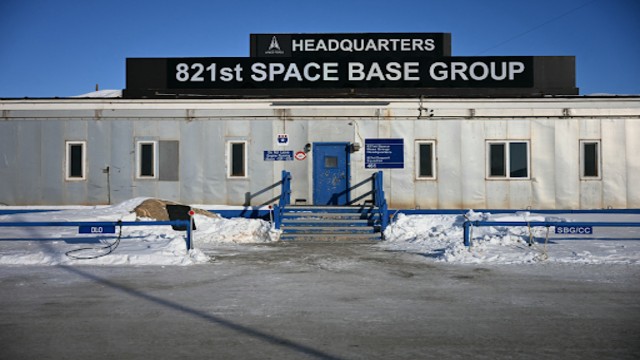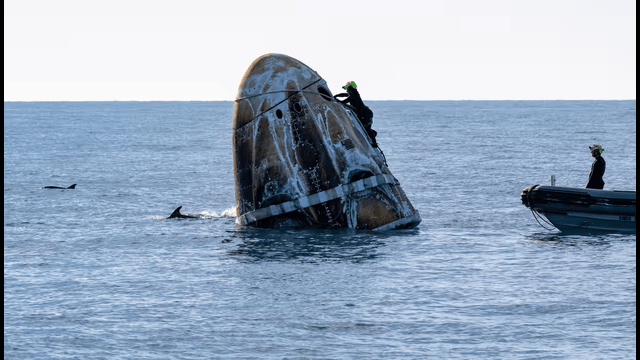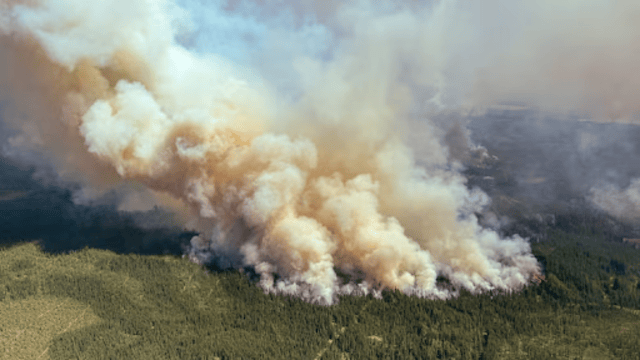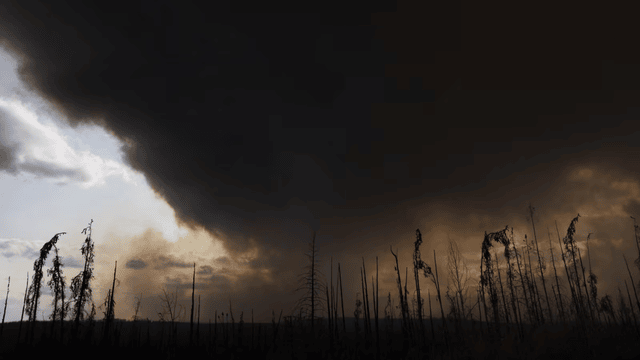
A wide view of Pituffik Space Base in Greenland, surrounded by icy terrain, highlighting its remote and strategic Arctic location for U.S. defense. (Image via Politico)
The Trump administration is reportedly planning a significant military reorganization— shifting Greenland from the U.S. European Command to U.S. Northern Command. According to several U.S. officials, this decision signals a bold geopolitical message: America now views Greenland as part of its own defense zone rather than a European outpost.
Reframing Greenland's Strategic Role
U.S. Northern Command is responsible for homeland defense, including the continental U.S., Alaska, and surrounding regions like Canada and the Bahamas. By moving Greenland into this command structure, the U.S. is aligning it more closely with North American security interests.
This reshuffling also hints at Washington’s broader ambitions. It subtly recasts Greenland—an autonomous territory of the Kingdom of Denmark—as a potential future ally under American influence.
A Push for Separation from Denmark
Vice President JD Vance has reportedly taken a leading role in this shift. In March, he visited the Pituffik Space Base, a key military site equipped with early warning systems for missile detection. During his visit, he sharply criticized Denmark's approach to Greenland, accusing it of failing to invest in the island’s development and defense.
Vance and other senior officials have encouraged Greenland to consider breaking away from Denmark’s governance and joining the U.S. security umbrella. The administration’s tone has been both persuasive and provocative.
Trump’s Persistent Greenland Dream
President Donald Trump has not abandoned his earlier interest in acquiring Greenland. To him, the icy island isn't just about military bases—it's a goldmine of rare earth minerals, essential for everything from smartphones to electric vehicles.
In a recent address to Congress, Trump proclaimed, “We have to have Greenland.” He promised prosperity in exchange for partnership. “We will make you rich,” he said, suggesting a shared future of wealth and global power.
Local Resistance Remains Strong
Despite the U.S. government's keen interest, support on the ground remains limited. Greenland’s population, around 56,000 strong, is mostly concentrated along its southern coastline. Much of the island remains uninhabited and covered in ice.
Polls show that most Greenlanders have little interest in becoming part of the United States. While the Trump administration pushes for greater influence, the people of Greenland appear skeptical of sweeping promises and dramatic geopolitical shifts.
Why Greenland Matters
Greenland's position in the Arctic makes it a military and strategic asset. With melting ice caps and emerging sea routes, the region is growing more critical in global politics. The U.S. wants to secure its foothold before rival powers, such as Russia or China, make stronger moves.
Transferring command from Europe to North America may be symbolic, but it underscores a larger ambition: positioning Greenland as central to U.S. defense and dominance in the Arctic.
Whether this reshuffling marks a turning point or merely political posturing remains to be seen. But one thing is clear—Greenland is no longer a quiet outpost in the far north. It’s becoming a front line in the U.S.'s evolving global strategy.















